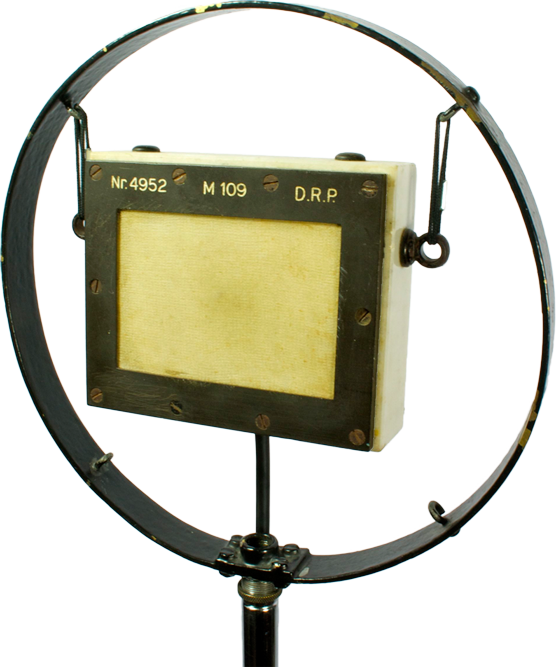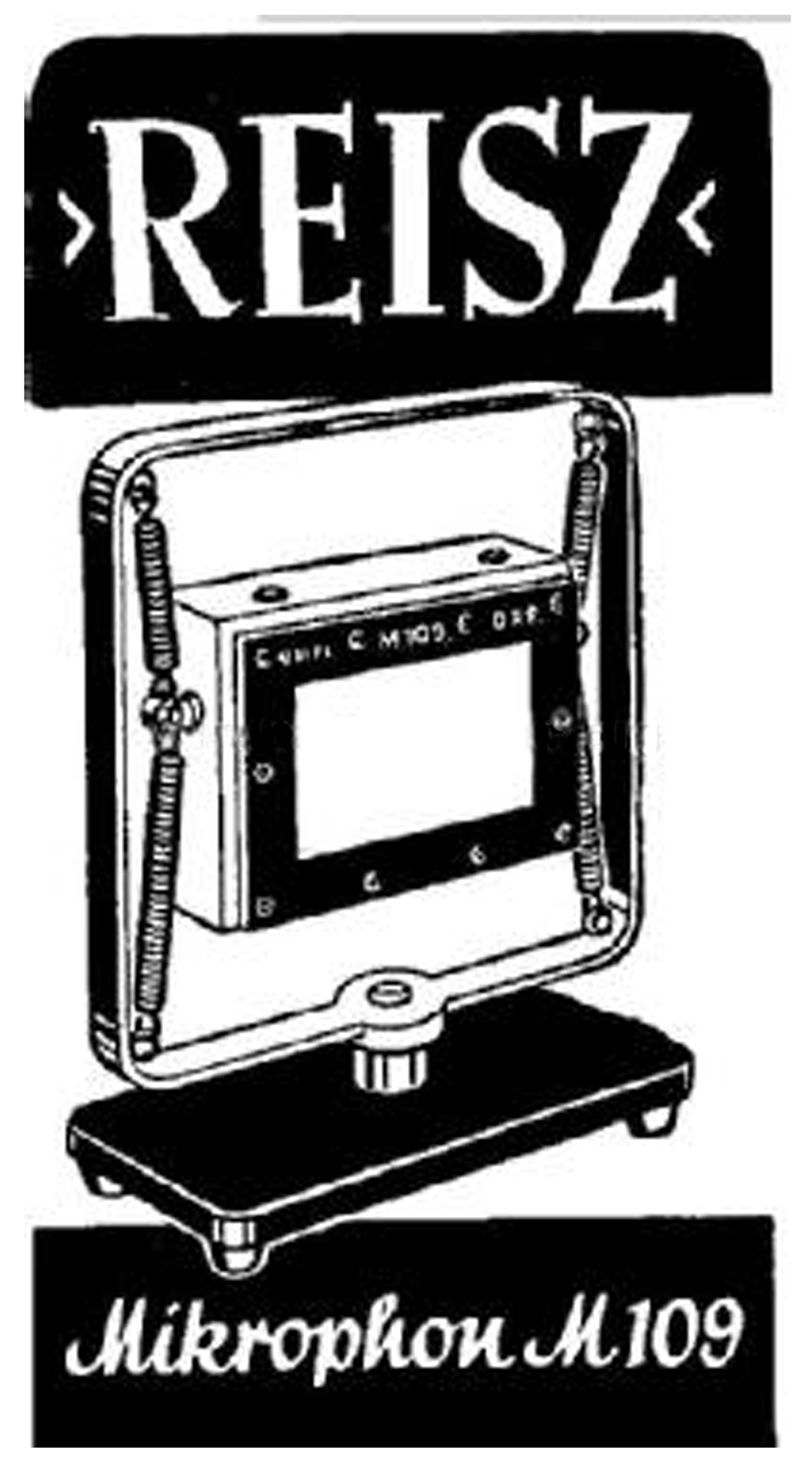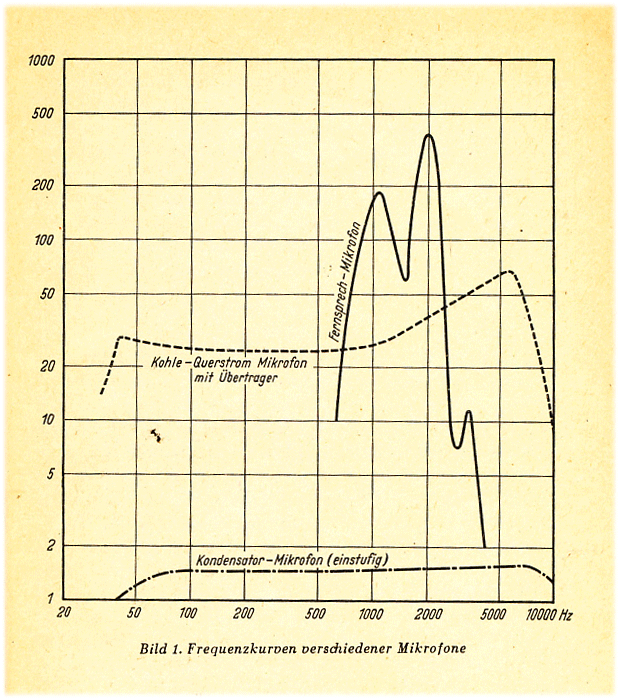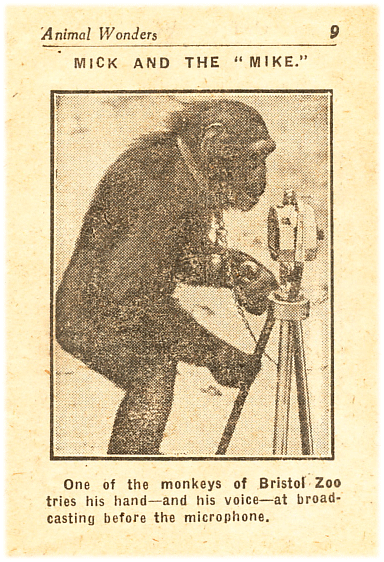|
This revolutionary invention, from 1923, was the first quality microphone, it was designed for the newly developed Sound Films of the era (the first of these;'the Arsonist' was shown in Berlin in 1922).
It was invented by Georg Neumann, while his employer Reisz was away on business.
Like all early microphones, the M 109 had an omnidirectional pick-up pattern, frequency range was linear between 50 and 1000Hz, between 1-4 kHz there was a 10dB rise, above it fell back to -15dB at 10 kHz. Compared to other microphones of that time its sound was sensationally good.
The design consisted of a hollowed out marble block (good insolation against vibrations), filled with coal granulate, sealed of by a rubber membrane. The sales price was high: 600 Mark, production was about 20 a month.
The M 109 soon became the standard for radio broadcasts. In 1923, on the 29th of October, the first German public radio broadcast was transmitted from Berlin's 'Voxhaus' studio (Funk Stunde AG'/the radio-hour). Programs consisted of reading the daily newspaper, and gymnastics, which caused an early scandal, because the instructor urged listeners to practice healthily in front of an open window. Naked.
The letters D.R.P. may stand for Deutsche Reichs Post (German Reich Post); all German microphones had to be approved by the German postal service before they were admitted to enter the market. In many countries early radio was overseen by the national postal service. D.R.P. could also mean Deutsches Reichs Patent (German Empire Patent).
The Reisz company would produce more models : the M 104, which was about twice as deep (even better insolated against external influences) and the round M 116, with a metal casing instead of marble. Both the M 109 and M 104 used a 12 Volt battery for power, later carbon microphones used mostly 4,5 V; to reduce the hiss of the coal granules.
Neumann started his own company in 1928, and was to become the most famous microphone designer of all times, as father of the first commercially produced condenser microphone: the CMV 3. He also invented the sealed rechargeable battery.
The Marconi company started a licensed production of the Reiszmic in England, around 1925; their version was octagonal shaped. King George was presented with a royal version.
Reisz microphones would stay in use for over a decade, almost world-wide though hardly in the USA.
Telefunken sold them together with their radio transmitter installations to many nations that began broadcasting. They paid Reisz 400 Mark for each microphone, so he made quite a profit.
In the Thirties, the production became substantially higher and prices dropped to 100 Mark.
Steinitz, another German firm, marketed a DIY version of the M 109 for people with even more limited means.
This is one of the types that feature in my book Witnesses of Words, which was recently released. More information about that can be found at www.witnessesofwords.com
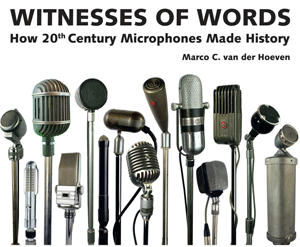
|
|
|
|
|
|
Top: the Reisz M 109
Middle: 109 ad/Frequency curve of the 109, telephone and condenser/Ape with Marconi
Below: cross cut of a Reisz M 109
|
|
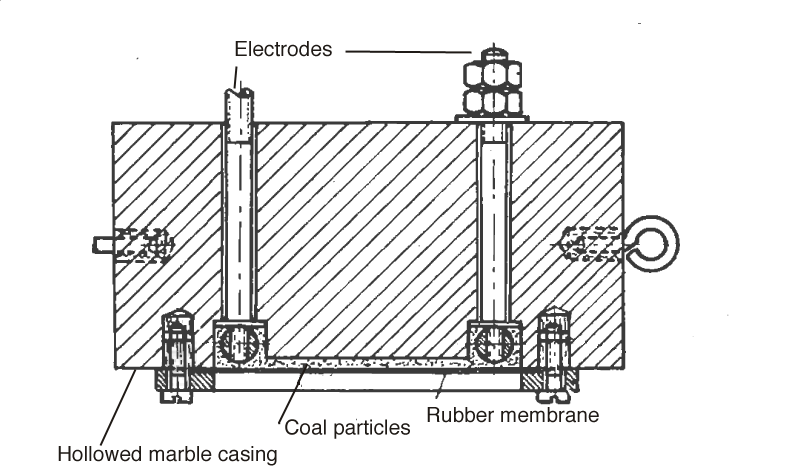 |
|


 Video's
Video's Contact
Contact


